Reading guide
Earlier, a reporter from Xinhua news agency had an exclusive interview with Ren Zhengfei. It is estimated that a problem mentioned by Ren Zhengfei was unexpected to many people. That is, in the exclusive interview, Ren Zhengfei talked about the "screw" problem more than once. It is hard to imagine that this respected entrepreneur would pay so much attention to the "screw" problem.
He said that if we want to learn from Japan, Germany and Switzerland and give full play to the craftsman spirit, we should do things in a down-to-earth manner.
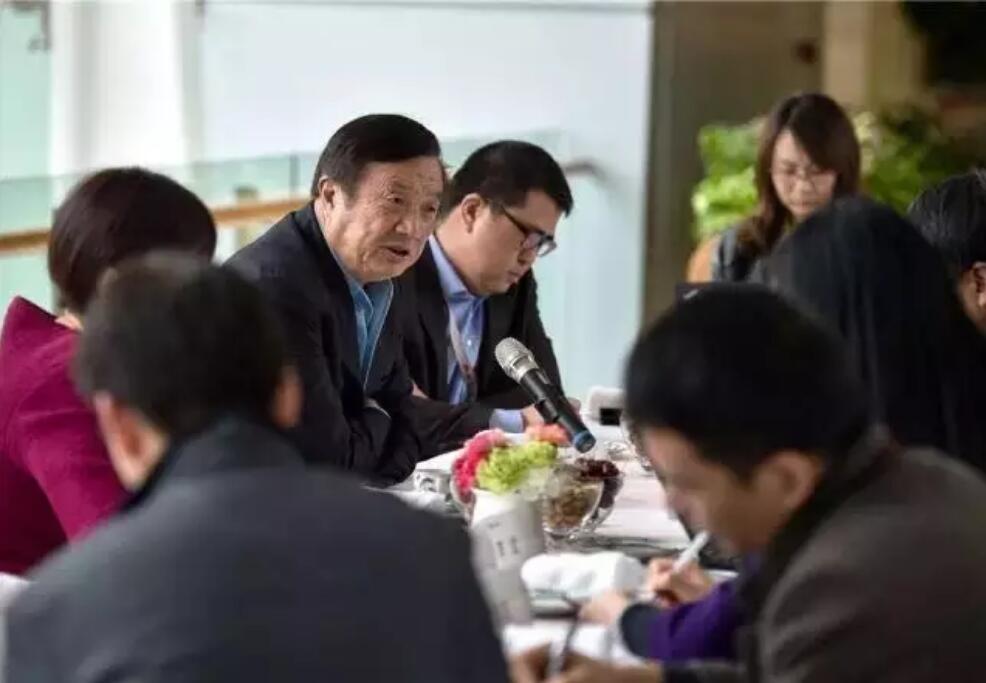
We unswervingly and continuously change and comprehensively learn from western corporate management. Because the west is one step ahead of us in industrialization, the West took the lead in producing "screws" and taking the lead in industrialization. Industrialization is process, so we should learn from them. We have spent 28 years learning from the West and have not yet opened up the whole process, so we are still constantly optimizing our organization and process to improve internal efficiency.
Only theoretical innovation can produce large industries. Of course, technological innovation can also advance. There is a small company in Japan that studies screws. It has studied a screw for decades. He won't loosen the screw. Many of the world's high-speed railways and aircraft operate at high speed with screws. A screw has a lot to study.
If it were not for the influence of labor law in Germany, spoons all over the world would be made in Germany. The high-grade crystal cup and silver tableware are produced in small villages in Germany. I have been to two small villages. The forms they typed out say that they never talk about sales. They talk about how much they account for the world share. Village run enterprises talk about how much they account for the world share. Therefore, from this point of view, we should return to a down-to-earth economy. There can be no great leap forward in economic growth.
It can be seen that Ren Zhengfei's discussion of the screw problem is not a whim, but a feeling for a long time. With regard to screws, he asked two questions:
Why was screw born in Europe?
Let's first look at the history of screw development.
In ancient China, wooden buildings mainly used "mortise and tenon" structure, not nails, let alone screws. Nowadays, people of some ages in rural China call nails "foreign nails", which shows that nails, like "foreign cars (bicycles)", "foreign fire (matches)" and "alkali (alkaline surface)", are from the West.
Artificial screws and screws were indeed invented by Europeans. Archimedes (287 BC ~ 212 BC) invented the Archimedes screw pump - "Archimedes screw", which is said to still be used in Egypt today.
"Archimedes spiral" seems simple, but it can be called a great invention - it is the first screw device in human history. In this sense, Archimedes is the well deserved "father of screws".
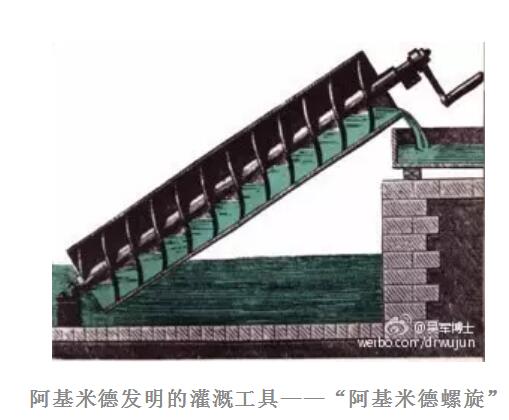
In the 1st century BC, the ancient Romans were able to use wooden screw presses to press olive oil and grape juice near the Mediterranean. They also began to use screws, but at this time, the screws were made by hand.
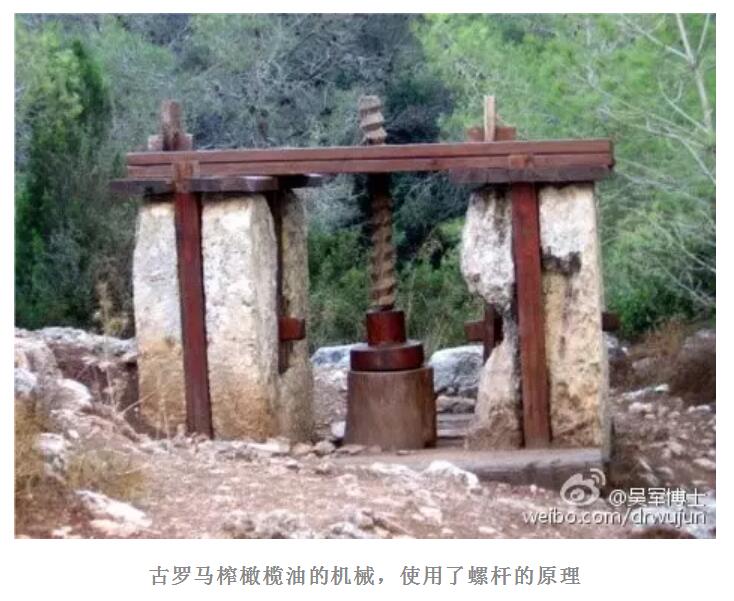
China's mortise and tenon structure is indeed amazing, but it is mainly suitable for wooden structures; There is nothing we can do about the connection and fastening of metal products. The modern manufacturing industry is generally metal products. The role of screws is more and more important.
Before the 15th century, Europeans rarely used screws, because the previous screws could only be broken out by hand. In the long middle ages, Europeans mainly used wood nails or metal nails to connect furniture and wooden buildings (nails were not used in ancient China. It is said that there were many descriptions of the use of nails in the construction French style of the Song Dynasty).
Since the 16th century, European nail workers have produced more and more screws, but at this time, the screw drivers have not appeared, so the screws are still knocked in with a hammer.
Around 1780, screwdrivers (i.e. screwdrivers and screwdrivers) appeared in London. Carpenters found that tightening screws with a screwdriver could fix things better than knocking with a hammer. It turns out that there are screws before screwdrivers in the world.
Then it's screw's turn.
The first is the brothers job and William Wyatt in Staffordshire, England. They applied for a patent in 1760, which can now be called the early version of the screw machine at best. They built the first woodworking screw factory in 1776, but soon failed. The new owner of the factory operated well. In the 1780s, he produced 16000 screws a day, requiring only 30 workers. The productivity and capacity of this industrial production was a revolutionary breakthrough at that time.
The second is the British entrepreneur and inventor Jesse Ramsden (1735 ~ 1800). Among Jesse Ramsden's many inventions, one of the less impressive but very important machines is that he invented the first satisfactory screw lathe in 1777, which can make screws in large quantities.
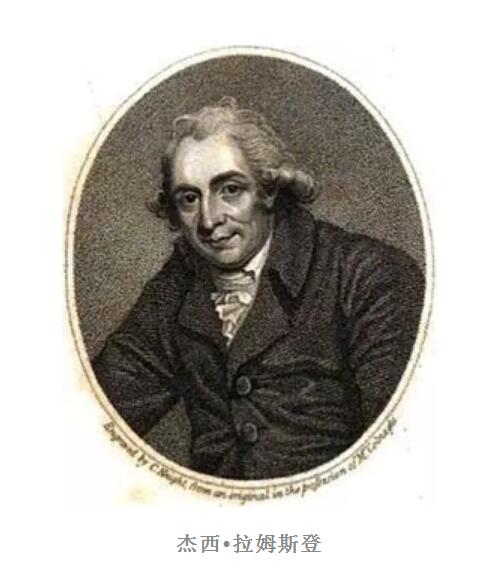
The third was a British inventor, Henry Maudslay (1771-1831), known as the father of the machine tool industry. This is also an apprentice. At the age of 26 (1797), he started his own business and made the first thread cutting lathe, which can turn threads with different pitches; In 1800, he improved the lathe and replaced the triangular iron bar frame with a solid cast iron bed, which was used as the prototype of modern lathe; More importantly, mozri promoted the standardization of screws for the first time from the perspective of customers, so that screws and screw caps can be matched randomly. Since then, screws, as fasteners in the industrial era, have been widely used in various fields of human economic life.
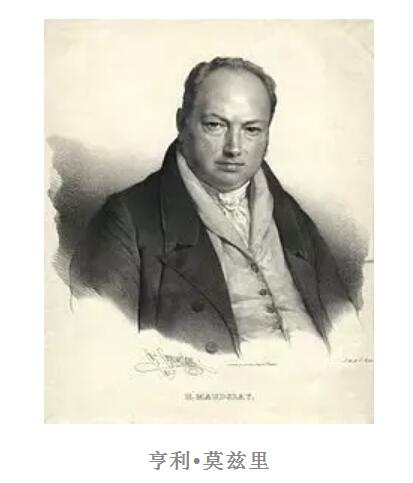
The screw industry continued to develop throughout the 19th century.
The United States invented the turret lathe in 1840 and the automatic screw machine in 1870. The production of automatic machine tools completely reduced the cost of screws. Low cost stimulates the use of more screws.

Throughout the 19th century, the most common screw heads were word and outer six because they were easy to produce.
In 1908, P. L. Robertson of Canada was the first person to make socket head screws.
In 1935, Henry F. Phillips produced the later popular world cross head screw (pH head), and GM quickly adopted this design on its Cadillac launched in 1937.
By 1940, 85% of screw manufacturers had licenses to produce cross recessed screws. Almost the whole automobile industry and aircraft use cross recessed screws. This cross groove design was used in wartime supplies and vehicles in World War II.
In 1940, thread standardization was further promoted, and ISO metric thread standard and unified thread standard were formulated. In 1966, pozidriv (PZ head) meter slot appeared.
At present, there are dozens of types of screws according to different groove types, including slotted, Phillips, Pozi, Torx, square, hex, etc.

Moreover, in the English world, screws with different groove types are named after the patent inventor. For example, the big cross was invented by Henry F. Phillips and has intellectual property rights, so it is named Phillips (cross groove H type); The small cross is named frearson (cross groove f).

Apple phones and laptops use pentalobe, an anti prying screw that can prevent consumers from dismantling the machine themselves. Japanese designer Yuma Kano also designed a "smiling face" screw. The naming of screws in European and American countries is the embodiment of the protection of intellectual property rights.
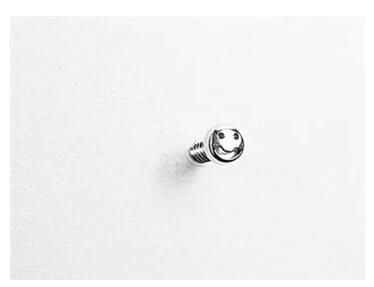
The designer said in an interview: "screw is one of the tools I often use and an unsung hero in the tool world. Therefore, I suddenly had the inspiration for this idea and gave the screw a face and expression. Smiling face screw not only has the function of ordinary screw, but also can make people happy."
The industrial history of a small screw is the epitome of more than 2000 years of scientific and Technological Development and industrial revolution in the West. Inventors and entrepreneurs in European and American countries formulate industrial technical standards while inventing and innovating screws; European and American governments have spared no effort to protect intellectual property rights so that the enterprises created by these craftsmen can focus on technological progress.
Ren Zhengfei said that the reason why screws were born in Europe rather than China was mainly because European mechanical materialism did provide a way of thinking for the development of modern technology and science, while China's Confucian culture lost the element of "learning from things" and paid too much attention to people's spiritual world, and research and inventions at the technical level were denounced as "strange skills and obscenity".
Small screw, big problem
A small screw plays an extremely important role. From high-speed rail, aircraft, spacecraft and robots to mobile phones, cameras, computers and medical devices, screws are indispensable. Some patients even need to implant screws into the human body. It is "the best tool in the second millennium since the human era", and it is also a small object within reach in people's life.
Therefore, screw quality problems may have a significant impact. For example, high-speed trains and aircraft will produce strong vibration when running at high speed. If the screws fall off or break, tragic accidents are likely to occur.
The small Japanese companies mentioned by Ren Zhengfei in the interview have produced a "never loosening screw" for decades, which is used in places where screws are not allowed to loosen, such as Shinkansen, Shinto Tokyo Tower, Seto bridge and British high-speed rail.
Founder Ruolin Keyan said: screw is a very mature field in technology, which is far from the concept of "high technology". It is a typical "low technology". People even think that there is no room for improvement no matter what they do. However, it is in areas where everyone thinks it is impossible that Ruoyan has created possibilities.

Structure diagram of never loose screws
For more than 50 years, if Lin Keyan has only done this thing, he has focused on nothing and created a world-class miracle of small enterprises. China is now the world's largest fastener producer. There are 6000 or 7000 fastener manufacturers in China, with an annual output of about 8 million tons of fasteners, which are exported to all over the world, but no enterprise can achieve such perfection of screws.
In 2007, the EU filed an anti-dumping investigation on steel fasteners originating in China, involving US $760 million nationwide, and made a final ruling in January 2009, imposing an anti-dumping duty of up to 85% on the products involved. After years of litigation, in February 2016, the EU finally officially cancelled the anti-dumping measures against Chinese fasteners. Years of anti-dumping investigations and heavy taxes have caused heavy losses to China's fastener industry. However, this case also sounded an alarm for China's fastener industry: the era of winning by quantity should give way to winning by quality and innovation.
According to historical records, in 1623, the third year of the reign of emperor Tianqi, the carpenter emperor of the Ming Dynasty, Britain promulgated the world's first formal and complete patent law, the monopoly law, which stipulates that the patent right should be granted to the first real inventor; Inventions must be made for new products; The patentee has the right to exclusively produce or manufacture the product, which is valid for 14 years; No other person may make use of the invention during this period. Since then, developed countries such as the United States (1790), France (1791), Spain (1820), Germany (1877) and Japan (1885) have successively formulated patent laws, which have become the institutional guarantee of technological innovation.
This is exactly what Ren Zhengfei suggested: "our country must strengthen the protection of intellectual property rights, at least intellectual property rights should be equal to property rights; now intellectual property rights are soft, not even property rights, and property rights are protected by property law". The state should "incorporate algorithms into intellectual property protection". China has set the goal of building an innovative country, and many documents have been published. However, for knowledge technology intensive enterprises such as Huawei, the most fear is "the threat of intellectual property" (Ren Zhengfei). Perhaps only through the protection of intellectual property rights can Chinese craftsmen have the spirit of craftsmen, Chinese industrial enterprises invest more time, energy and funds in technological innovation, and make Chinese manufacturing evolve from epitaxial growth to "Prometheus" growth.
In addition, developed countries have always attached great importance to the formulation of standards. While creating games, they formulate game rules to let the world play unified rules. China really has a lot to go and learn in this regard.
Finally, I sincerely hope that there will be more manufacturers with craftsmanship spirit in China, seriously, starting from a screw, doing well and refining. Be a serious person and work hard.
 E-Mail
E-Mail  2020-09-11
2020-09-11 











